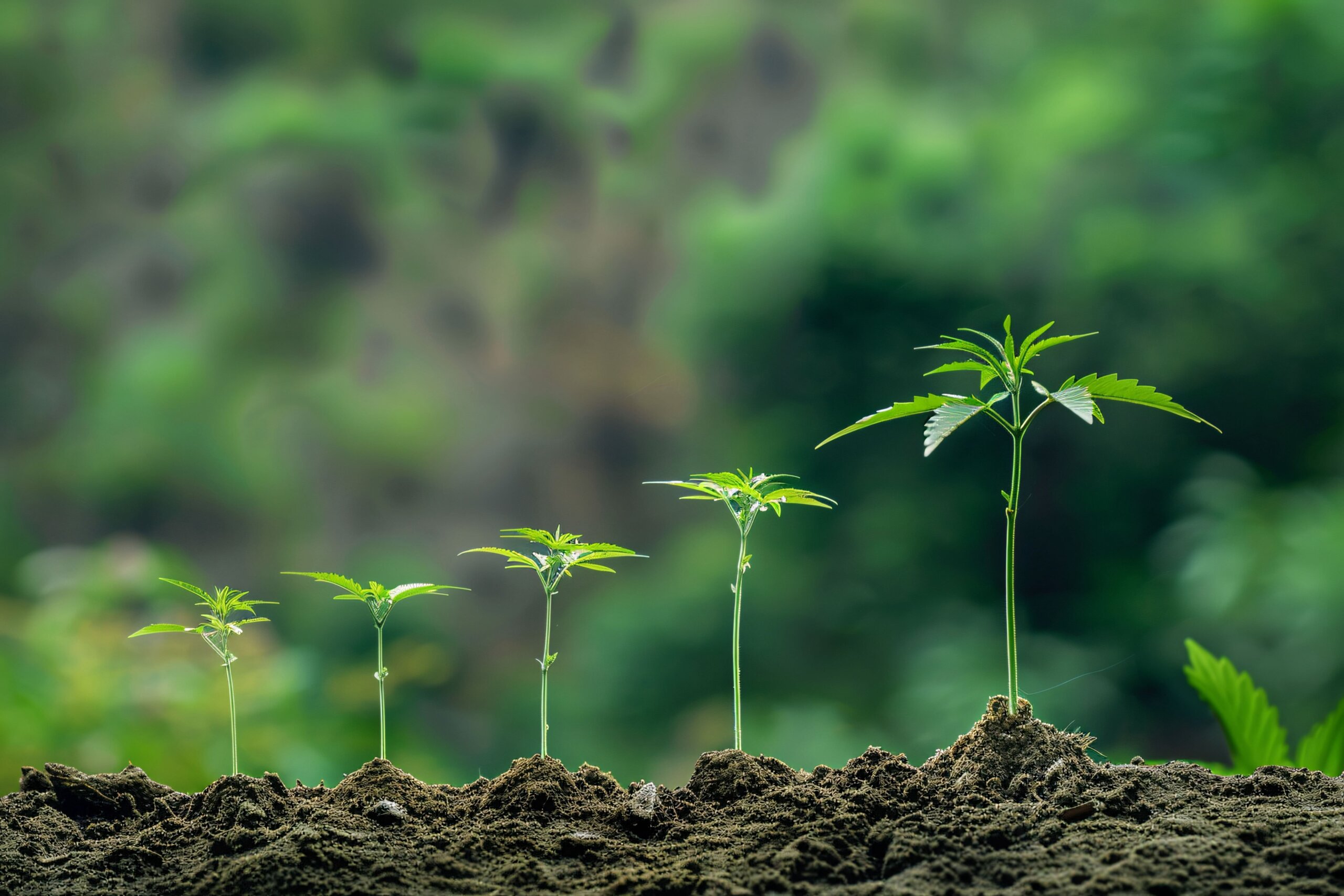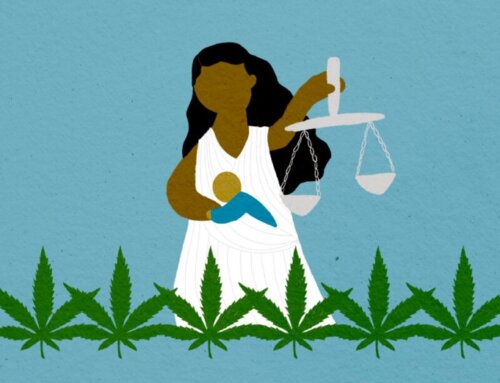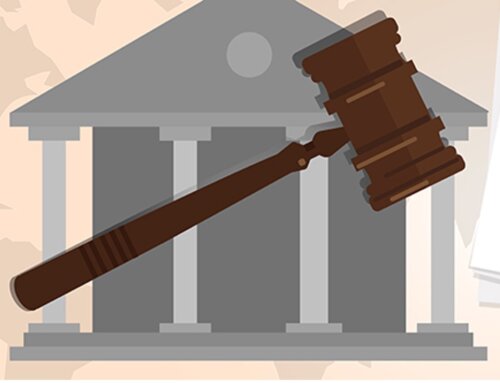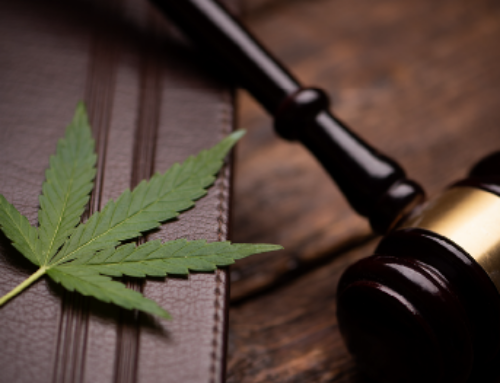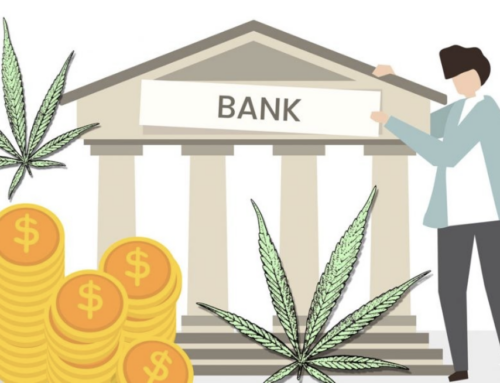When will cannabis be fully legalized in the United States?
Cannabis is a plant-based product with origins going back to the ancient world. In the United States, cannabis has had a plentiful past and history. The United States regulation of cannabis begins in 1906, when Congress passed the Pure Food and Drug Act. The Pure Food and Drug Act required that cannabis and other drugs be labeled accurately with their contents. The Act put cannabis on the list of “addictive” or “dangerous” drugs. Hence, the Pure Food and Drug Act is now seen as a steppingstone by the United States into drug regulation, specifically marijuana.
In 1930, Harry J Anslinger, who is characterized as one of the early proponents of the war on drugs, advocated for harsh drug penalties regarding cannabis. He was appointed by President Hoover to be the head of the Bureau of Narcotics and did not retire until 1962. Anslinger made it his mission to make marijuana fully illegal. For instance, he campaigned for states to adopt model legislation to make drugs and penalties more consistent nationwide. This takes us to 1937, where Congress passed the Marijuana Tax Act. The Act regulated marijuana importation, cultivation, possession, and/or distribution. In 1944, the LaGuardia Report found that marijuana is not addictive, nor associated with major crimes, and that there was not widespread use amongst children. Unfortunately, this report did not have much of an impact and marijuana continued to have a negative connotation.
During President Nixon’s presidency, he had the goal of bringing the United States in line with the United Nations’ single convention, which led to the passage of the Controlled Substance Act of 1970. The Controlled Substances Act placed all substances that were regulated under existing federal law into one of five schedules. The placement was based upon the substance’s medical use, potential for abuse, and safety or dependence liability. Marijuana was placed under Schedule I, meaning it has no currently accepted medical use and a high potential for abuse.
In 1996, California became the first U.S. state to approve marijuana for medical use. This began the trend towards the legalization of marijuana. Colorado and Washington approved adult-use recreational marijuana measures in 2012. Since then, 24 states, two territories, and the District of Columbia have all legalized small amounts of cannabis (marijuana) for adult recreational use.
Today, support for the legalization of marijuana has become mainstream among both Democrats and some Republicans also backing the idea, but the federal status of marijuana has yet to change.
Sources:
https://www.ncbi.nlm.nih.gov/pmc/articles/PMC5312634/
https://www.youtube.com/watch?v=foADxJ8pAqw
https://www.dea.gov/drug-information/csa
